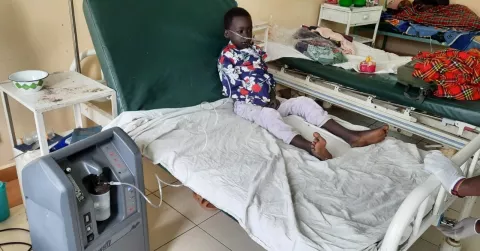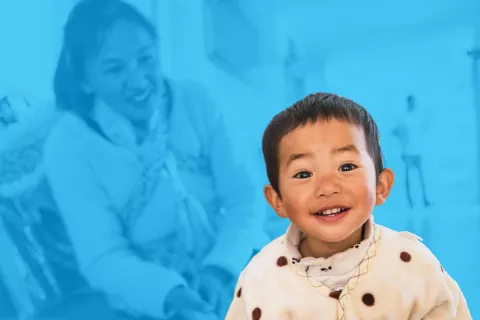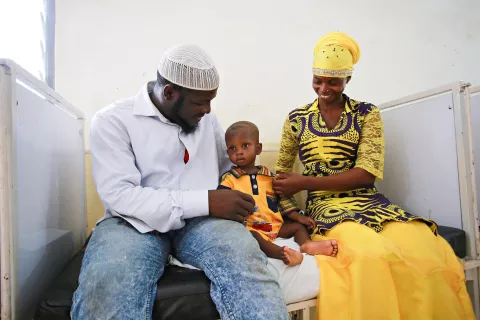Treating Children with Undernutrition
A specially formulated peanut paste, which is a type of ready-to-use therapeutic food (RUTF), has proven an essential resource for treating children and saving lives.
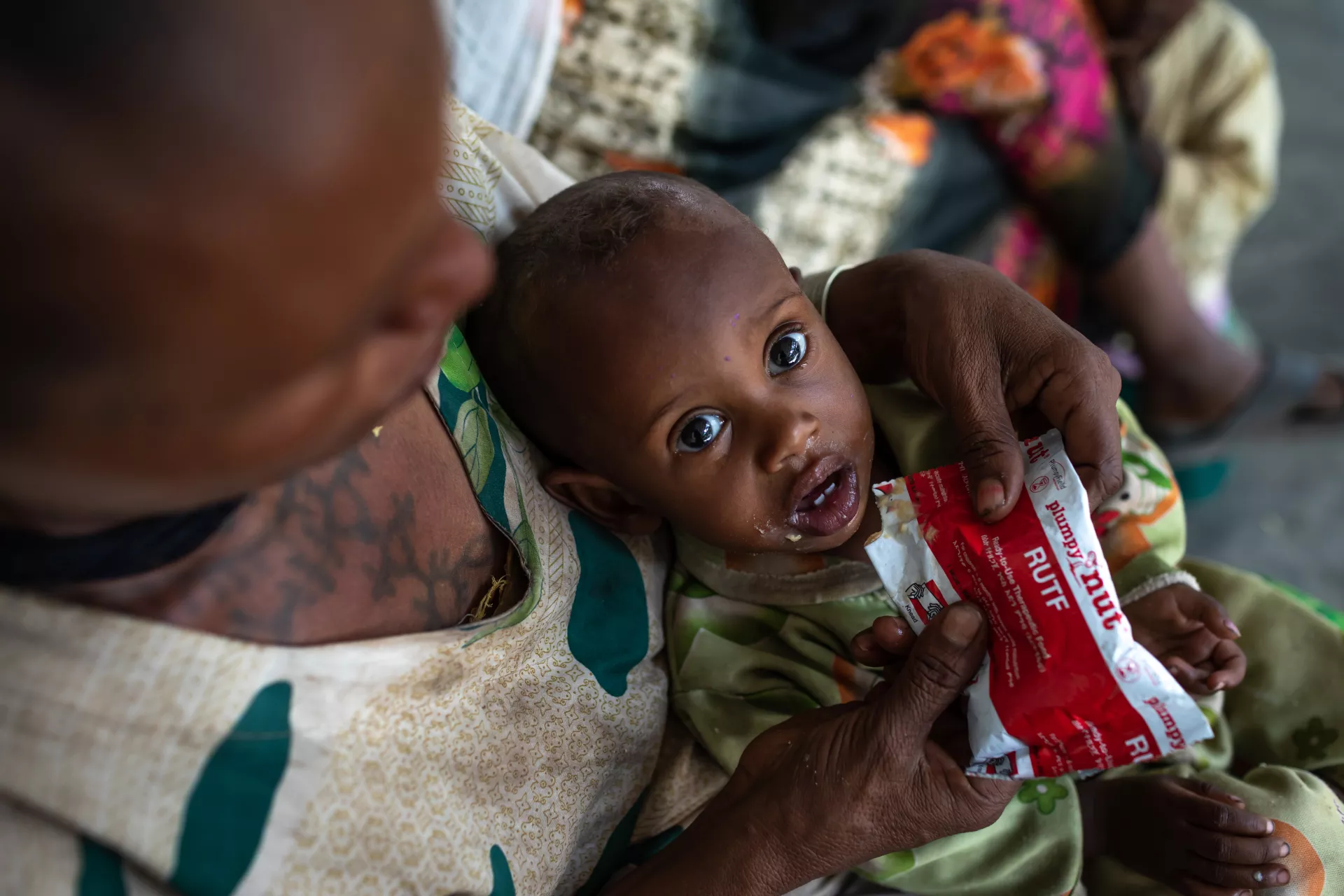
- Available in:
- 中文
- English
Children suffering from wasting are up to eleven times more likely to die than well-nourished children. This makes wasting one of the most significant contributors to child mortality.
Today, on International Poverty Reduction Day we are highlighting a major humanitarian challenge: child nutrition.
Good nutrition is a right for every child and the bedrock of child survival and development. Yet, children are not receiving the nutritious foods and social support they need to survive, develop and thrive. This is especially true for the poorest and most vulnerable children. Wasting affects 47 million children globally. Children with wasting are desperately thin, have weakened immune systems, and face an increased risk of death. They require urgent treatment and care to survive.
One effective solution is a package of health services to treat and manage malnutrition that includes providing a specially formulated peanut paste known as ready-to-use therapeutic food (RUTF). In collaboration with China International Development Cooperation Agency (CIDCA) under the framework of the South-South Cooperation Assistance Fund (SSCAF), UNICEF has been treating children with several acute malnutrition in D.R. Congo, Ghana, Malawi, ;Senegal, South Sudan, etc.
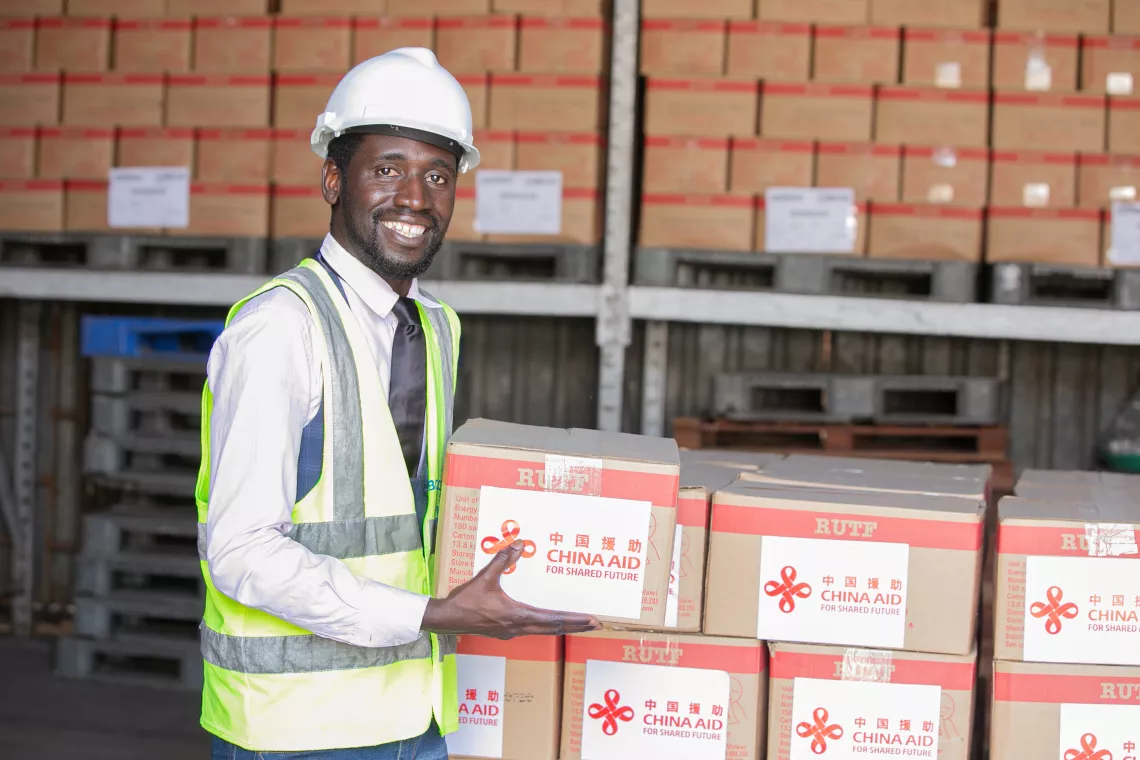
One way of identifying severe acute malnutrition is to measure the circumference of the child’s arm. Measuring tools have been developed to make it easier for healthcare workers to identify severe acute malnutrition. Green is good; yellow is undernourished; and red is severely undernourished.
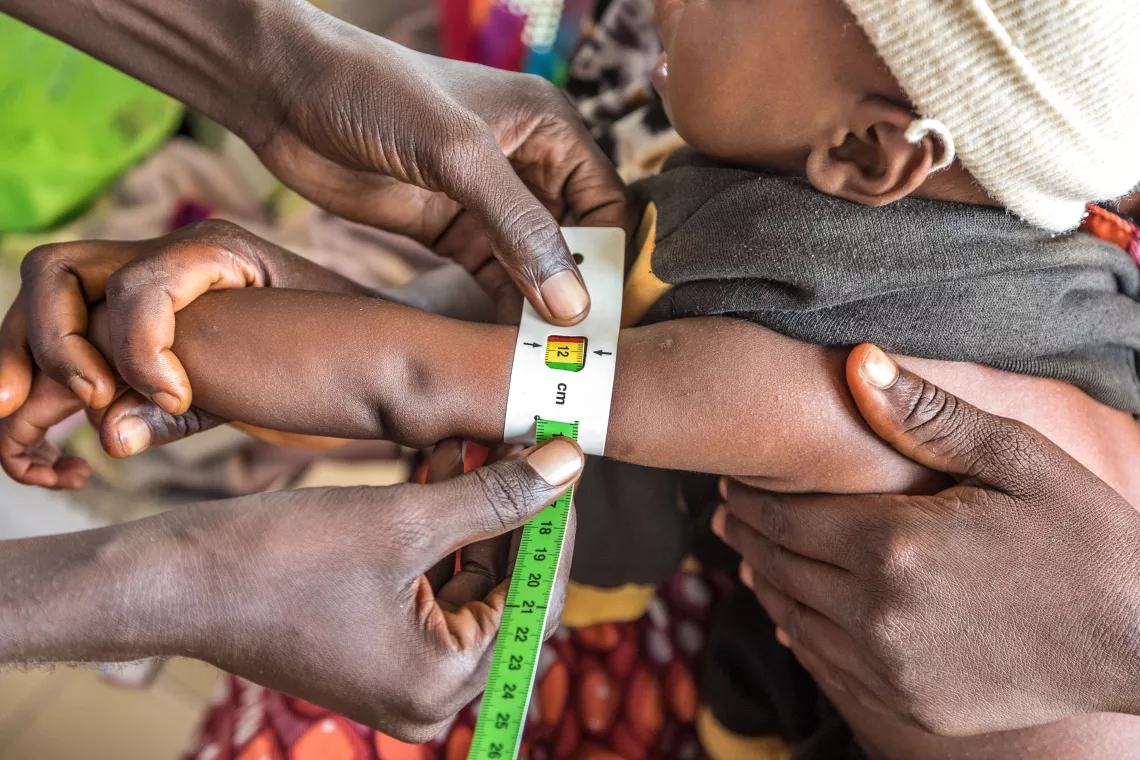
In most cases, children with wasting can be treated with RUTF, allowing them to recover in their own homes and communities rather than in a health facility. In South Sudan, Jenty Victor, 11 months old, has been part of UNICEF’s nutrition programme in Yambio for four weeks. “It started with her having diarrhoea for several days. She couldn’t keep what we were giving her, and she got malnourished,” Jenty’s mother Margret Michael says. She took Jenty to the UNICEF-supported nutrition centre where the child was diagnosed with severe acute malnutrition.
“Jenty didn’t have much energy back then. She was given ready-to-use therapeutic food (RUTF), and very quickly she got her energy back. You can see how much she likes it.”
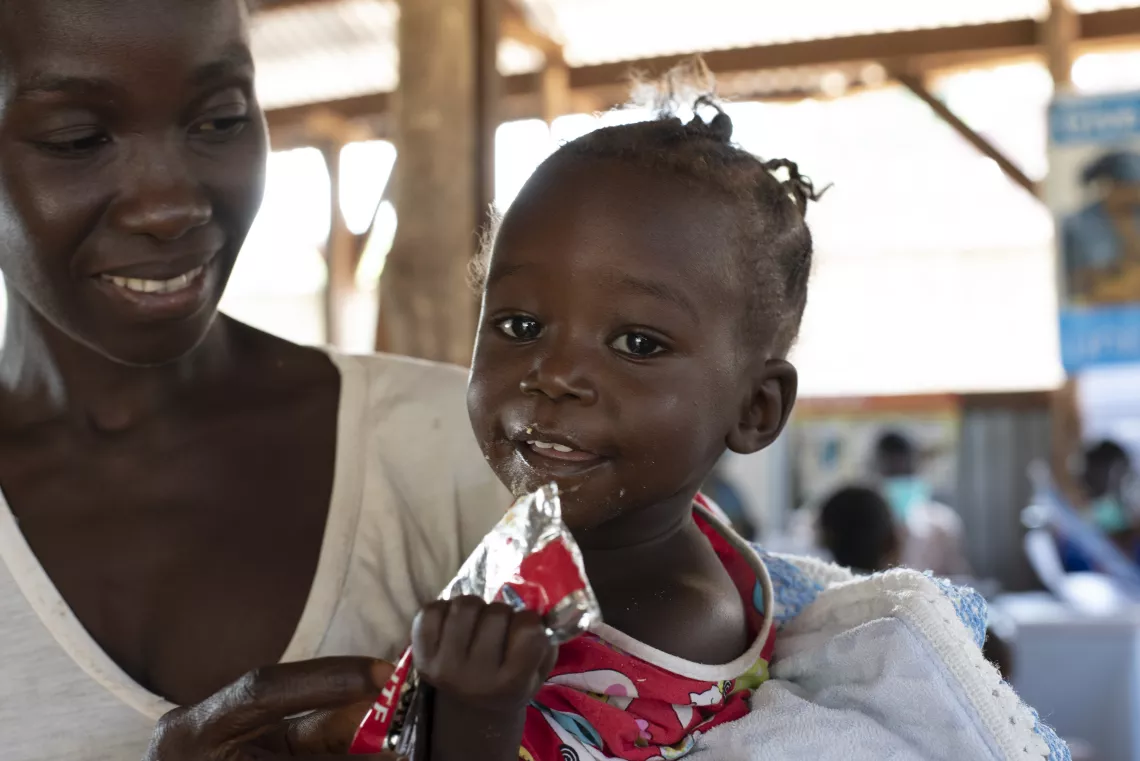
After four weeks’ treatment, Jenty is still in on red on the mid-upper arm circumference tape, but she is already a changed child who now has energy to play and interact with people. She will continue to receive RUTF until the tape shows green and she has fully recovered.
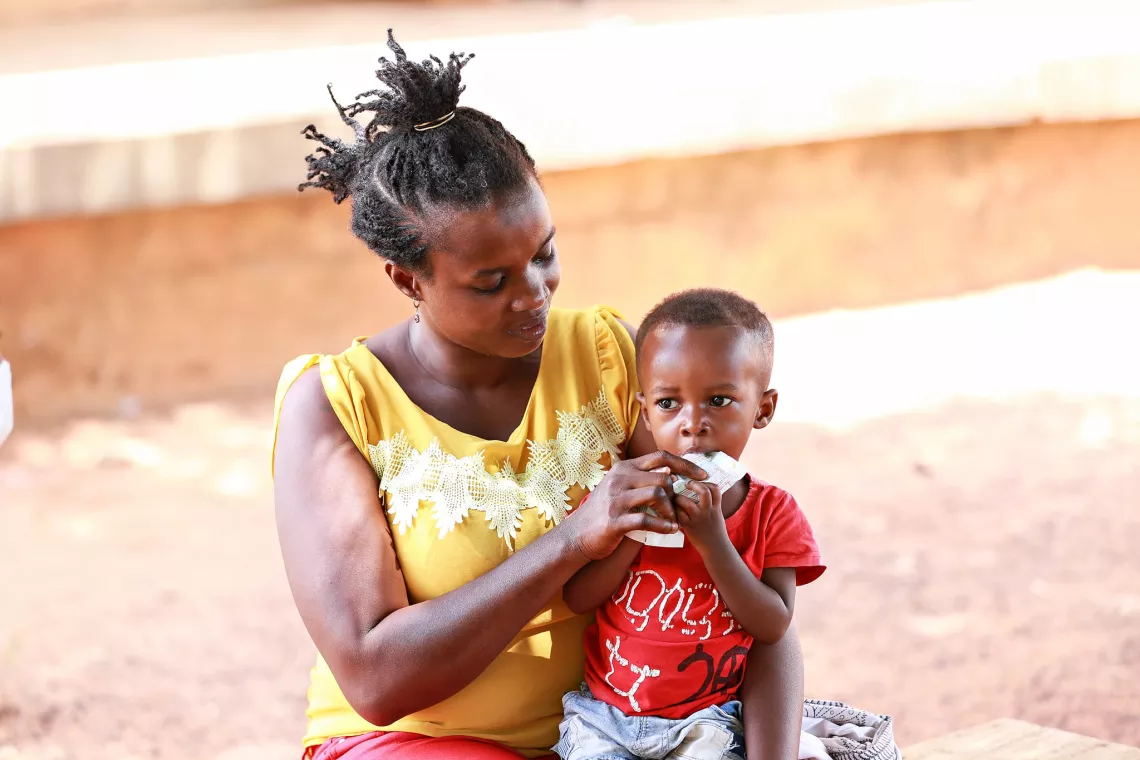
UNICEF is helping countries diversify and improve the availability of RUTF and bring it closer to children in need. We also support improvements in RUTF formulations to make them more acceptable to children and affordable and sustainable for governments.
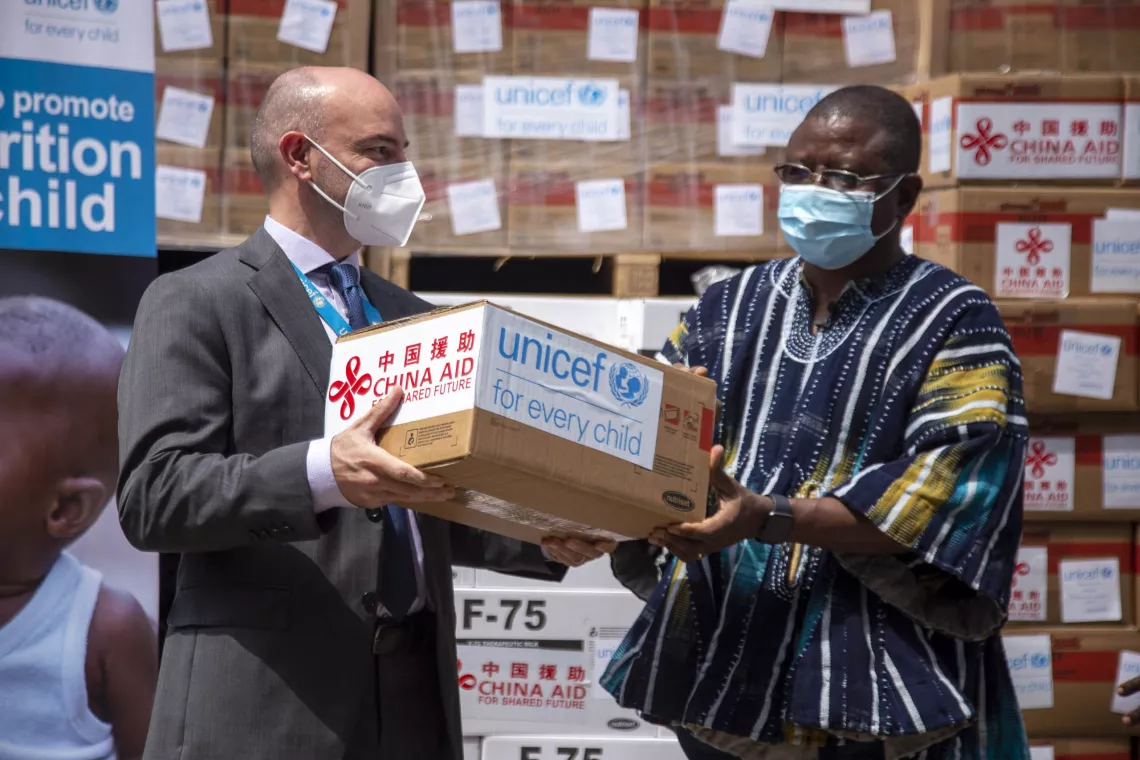
UNICEF works with the World Health Organization (WHO) and other partners to develop global guidelines for the early detection and treatment of child wasting, and helps governments update and align their strategies with global policy. Through the South-South Cooperation Assistance Fund, China has donated to help improve newborn care and child health, prevent, detect and treat severe acute malnutrition.
This is the latest in a series of articles on South-South cooperation – the exchange of resources, technology, and knowledge between developing countries – and how it can help reach the world’s most vulnerable children. South-South cooperation is a valuable type of partnership that is contributing towards achieving the 2030 Agenda for Sustainable Development. It helps address challenges like poverty, food security, social protection, and public health.


